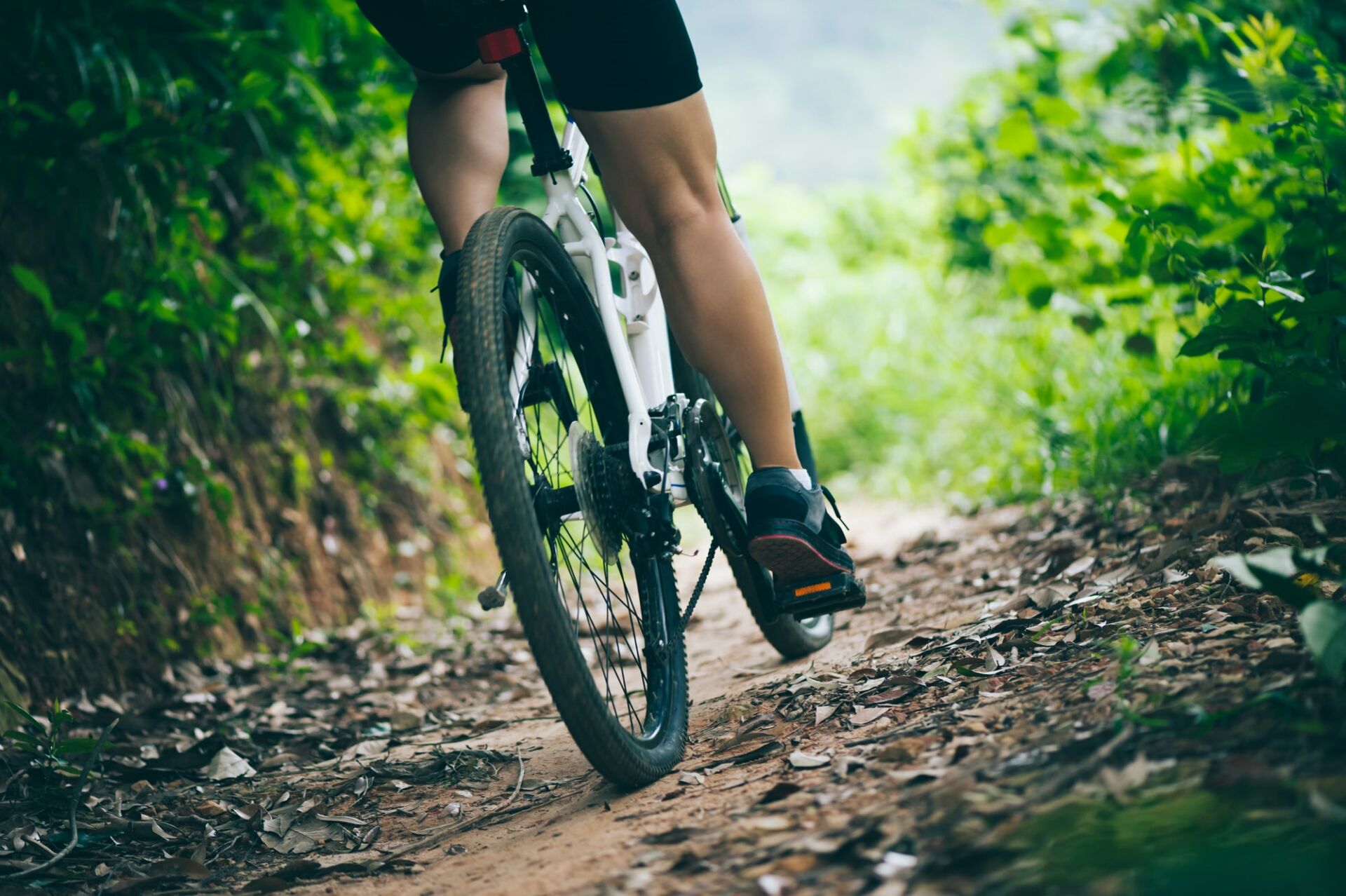Table of Contents
ToggleIntroduction
The topic we wish to touch grounds on for a bit is that of workout optimization. Specifically, we’re interested in rest periods and what role they play in perfecting your workouts or rather optimizing them.


Rest periods are important to us for a number of reasons. As much as we like to believe that working very hard will eventually show results, it is important to notice that a lot of our training efforts highly depend on our recovery. Without recovered and fresh muscles you simply can’t get the results you’re looking for.
However, we’ll also go over some of the basics of short-term recovery, or the recovery in between the sets of your exercise. Knowing how long your pauses should be is also extremely useful.
Training recovery (long-term recovery)
First, a bit of disambiguation. Once we talk about the long-term recovery we’re talking about the time that passes between your workout sessions. However, long-term recovery can also associate people to the so-called “tapering”, something we’ll also mention later in the article.
With that being said, let’s not waste too many paragraphs and go straight for the facts.
Once you fatigue a muscle group or groups, your body needs some time off for recovery. During this time, the body goes through various different processes and the end result is given in the form of fitness increase. That means, once your body is faced with a task similar to the one you’ve already given it, it will be prepared. You won’t get tired as quickly this time, you’ll be able to perform the task for longer periods of time, and so forth.

However, if you wish to see the number of plates you lift rise, you will also need to see some rest days in between. If you’ve just performed your one-rep max today that means you probably won’t be able to repeat it again tomorrow. Your body isn’t ready yet. In fact, research shows that you will need at least 48 hours or sometimes 72 before you’ll be able to dish out the same amounts of effort again.
But, that only covers the resting time needed for intensity training. Some other types of training might not need such long periods of time. Also, if you gave it your 80% instead of 100%, your recovery time won’t be as long. Keep in mind that rest periods vary in alignment with your workouts.
How long should it take?
Now, “how long should I wait for my body to recover?” you ask. We hate to give it to you, but there is no simple answer to that question. Like we’ve just shown, we only have general, widely-applicable knowledge on this topic. You’ll have to figure out the details yourself. In other words, recovery depends on the person. It also depends on the type of workout which you prefer (factors such as volume, intensity, endurance). A lot of information you’ll have to gather yourself.
But, this isn’t such a daunting task. Most of the time it will be obvious if you’re resting too much or too little. Your body is always going to give you signs so keep an eye out. Some signs of overtraining are muscle soreness, reduced performance efficiency, lack of motivation, and a low appetite. If you have any of these it means you might be going overboard.
On the other hand, if you don’t feel tired after a workout or if you feel like you’ve still got fuel in the gas tank then you might not be trying hard enough. Your muscles aren’t pushed to their limits which means your fitness won’t progress. Try performing more sets, reps, or even more exercises. Let experience be your guide when it comes to determining the recovery time you need.
Often times it is good to have someone else other than yourself monitor your numbers. Why? Sometimes we’re not objective enough. Our feelings can also be misleading, especially when we need to do something stressful over and over again. If you use both of the methods we’ve just mentioned you should find your optimal recovery time in no time.
Elite athletes will have a harder time tracking recovery time. At the level of peak performance, this task gets much more difficult. There are more variables in the equation and there are highly trained professionals who look at the numbers and track the whole situation.
Short-term recovery
Now, let’s talk short-term recovery. Equally important, short-term recovery needs to be taken into account. If not, you might be looking at suboptimal or just plain bad workouts. Let’s see why.
Apart from the daily recovery we also have recovery which lasts for a few minutes or sometimes seconds. That’s the time we spend resting between sets and/or exercises. There has to be rest between sets since our body has a mechanism we can describe as “temporary recovery”. Basically, once you burn out your muscle capacity with your first workout or exercise your body will use up all the energy deposits to refuel the fatigued muscle. Before that happens your muscles won’t be able to contract properly, or in some cases at all.
This happens because of the neurological pathways which are temporarily blocked. Once your body recovers from the stress your brain will be able to send signals to your muscles, hence you will be able to do your set again. This time you won’t be able to do as much as you did for your first set, but that is how human anatomy works. Until you have some long-term recovery you won’t be as strong.
Compound vs isolation
Where does all of this leave you at? Your resting periods will sometimes be shorter and at other times longer. Generally, the more muscles you activate during the exercise the longer your pauses. Also, the intensity the longer pauses. Let’s give an example. Breaks during compound exercises such as squats or deadlifts should be longer than those of the isolation ones, such as triceps extension or calf raises. And, the heavier your squat or deadlift goes the longer your break should be.
So if you’re doing your first set of squats in order to feel the bar and warm up your muscles you don’t need to rest for longer than a minute. But, if it’s your fourth set and you feel a burning sensation in your legs after you’ve completed the set then you should wait for a bit longer, like 3 or 4 minutes.

With isolation exercises, you don’t need so much time. Why? Isolation-type movements don’t tire out your whole body, just that one specific part. That means your body can handle the specific stress which you’ve put it through much quicker.
Exercises that have to do with endurance are not that far off. Naturally, it depends on the level of fitness. If your resting heartbeat levels come back to their usual rate of beating in about a minute or so that means you’re ready to start again. As long as your muscles aren’t fatigued you can safely start another lap of running, swimming…
Final words
As it usually goes, some people like to listen to science and others like to follow their own experiences. The smartest thing to do is to mix a little bit of both. Take what science says and apply it to your own body. Sometimes you’ll see that the numbers match perfectly and sometimes they’ll be off. Regardless of the case, you will be ready.
Resting time is important for optimal recovery, both short and long-term. Never underestimate the time that your body needs in order to replenish its stores of energy. Overworking will not only keep your fitness levels stagnated it might also bring them down. Take extra caution and listen to the signals.
Thank you for your time! We hope you enjoyed the article. Let us know in the comment section below what your resting periods look like and how long they take.


